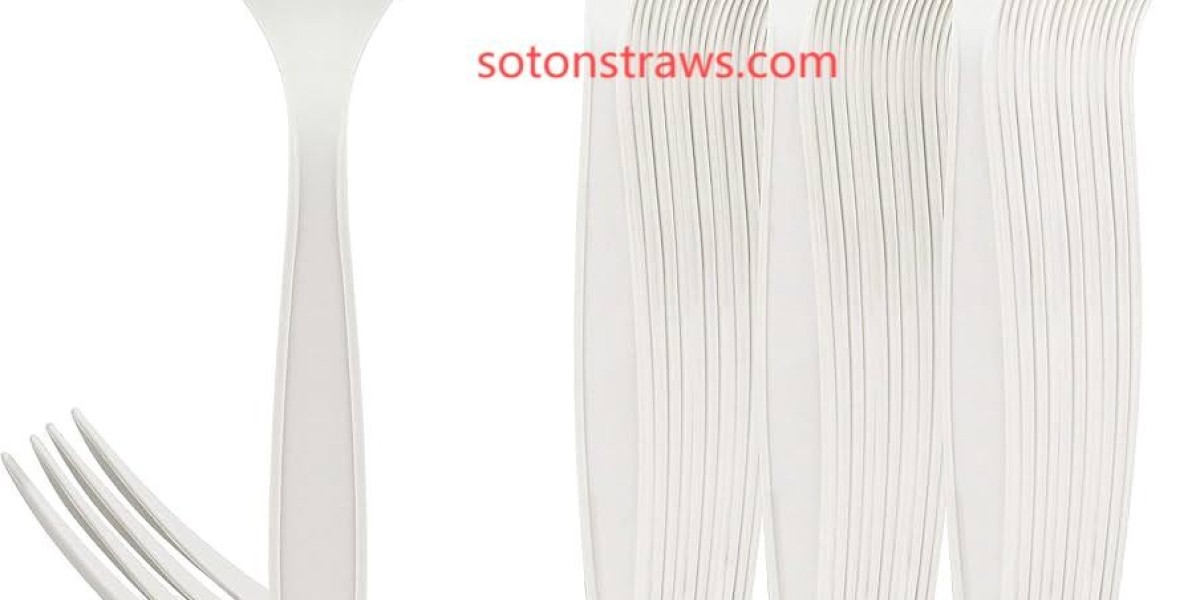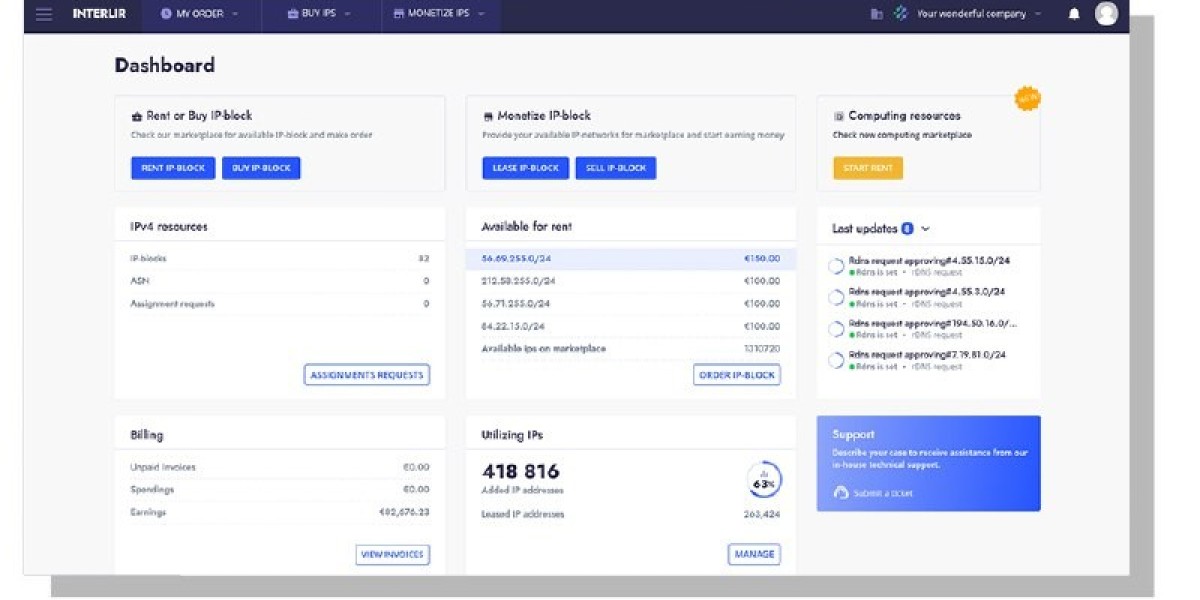The conversation around plastic pollution has intensified, thrusting alternatives like eco-friendly cutlery into the spotlight. Edible versions, in particular, capture the imagination – utensils you can simply eat after use, eliminating waste altogether. The vision is compelling: no landfills burdened by plastic forks, no microplastics leaching into oceans, just a delicious or at least harmless end to a meal. Yet, the journey from intriguing novelty to everyday staple is fraught with challenges that extend far beyond initial curiosity. Taste, texture consistency, durability during use, and cost-effectiveness remain significant hurdles for widespread adoption.
Many early edible spoon experiences were marked by blandness, unexpected hardness, or a disconcerting rapid sogginess when introduced to hot soup or stew. Achieving a flavour profile that is universally pleasant, or at least neutral enough not to clash with diverse cuisines, is complex. Simultaneously, the utensil must retain sufficient structural integrity to spear a piece of meat or scoop rice without crumbling before the meal is finished, yet dissolve acceptably in the mouth. This delicate balance between sturdiness and palatability requires sophisticated food science and consistent manufacturing precision. Furthermore, the sensory experience – the mouthfeel – needs to be appealing, avoiding chalkiness or an unpleasant aftertaste that could deter reuse. Manufacturers are experimenting with diverse grains like millet and sorghum, legumes, and even vegetable powders, seeking the optimal blend for taste, strength, and nutrition.Cost presents another formidable barrier. While traditional plastic cutlery benefits from decades of optimized, high-volume production, making it incredibly cheap, edible alternatives currently carry a premium. The raw materials, often specialty flours or blends requiring specific agricultural practices, cost more than bulk plastic resin. Production processes might involve careful mixing, specific extrusion or moulding techniques, and controlled baking or drying, all adding to the unit price. For large-scale food service providers, airlines, or event planners operating on razor-thin margins, switching to significantly more expensive cutlery, even for sustainability goals, requires a strong economic case or regulatory push. The perception of value – is it worth paying extra for something consumed quickly? – influences both business and consumer adoption. Scaling production efficiently while maintaining quality is paramount to bringing costs down.Practicality in logistics and storage adds another layer of complexity. Eco-friendly cutlery that is edible has specific environmental needs. It often requires protection from moisture and humidity to prevent premature softening or mould growth, impacting packaging design and material (itself needing to be sustainable). Shelf life, while improving, may still lag behind plastic's near-indefinite longevity, posing challenges for stock management. Consumers also need clear guidance – how to store unused pieces, the timeframe for consumption post-opening, and handling instructions to maintain hygiene. Integrating these utensils seamlessly into existing dining routines, from fast-food takeaways to upscale catering, demands user-friendly design and education. The convenience factor, so central to disposable culture, must be matched or exceeded.Addressing these challenges holistically is crucial for edible cutlery to move beyond niche markets and festival giveaways. Investing in robust R&D for better taste and texture, optimizing supply chains for cost reduction, and designing smart, sustainable packaging are critical steps. Building partnerships with food service giants and demonstrating tangible waste reduction benefits can drive volume and acceptance.
Promoting Soton: Your Partner in Scale
Realizing the full potential of edible eco-friendly cutlery requires a manufacturing partner capable of overcoming these exact hurdles. That's where Soton steps in. We understand that moving beyond novelty demands unparalleled consistency, efficiency, and innovation. Our dedicated facility is engineered for high-volume production of edible utensils without compromising on quality or taste. We leverage advanced food processing techniques and stringent quality control protocols to ensure every piece meets exacting standards for strength, texture, and flavour neutrality. Soton focuses on optimizing formulations for cost-effectiveness and developing moisture-resistant solutions that enhance shelf life and reduce packaging complexity. Partner with us to transform your sustainable vision into a scalable, practical reality. Let Soton be the powerhouse behind bringing truly waste-free dining to the masses. Contact us today to explore how our expertise and capacity can elevate your edible cutlery offering.click www.sotonstraws.com to reading more information.







